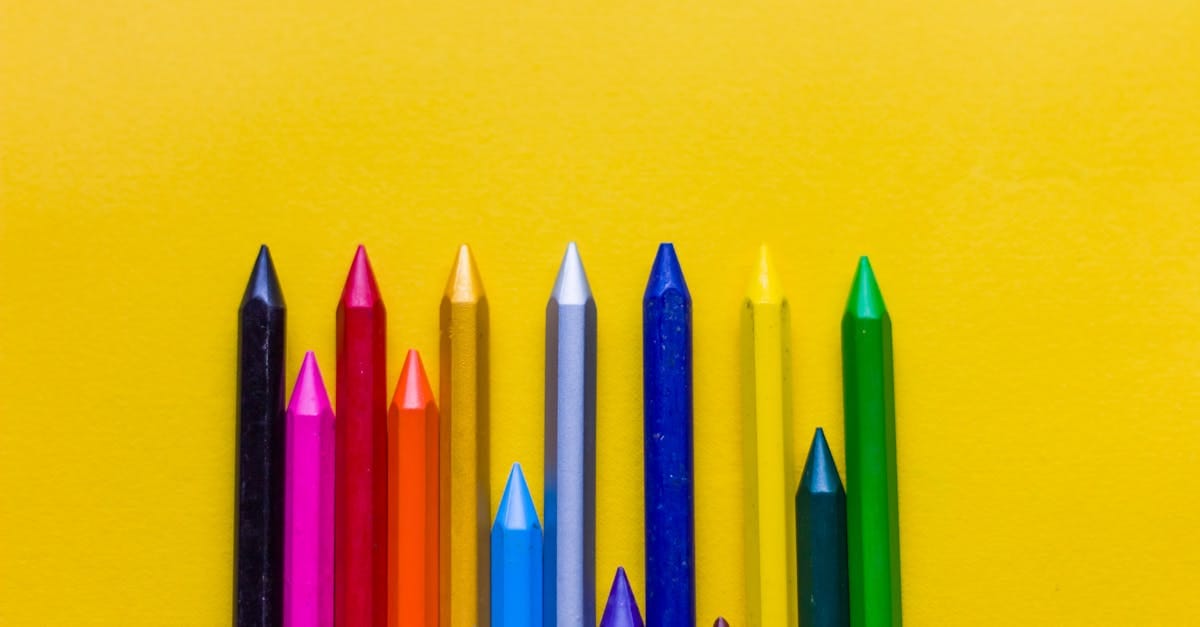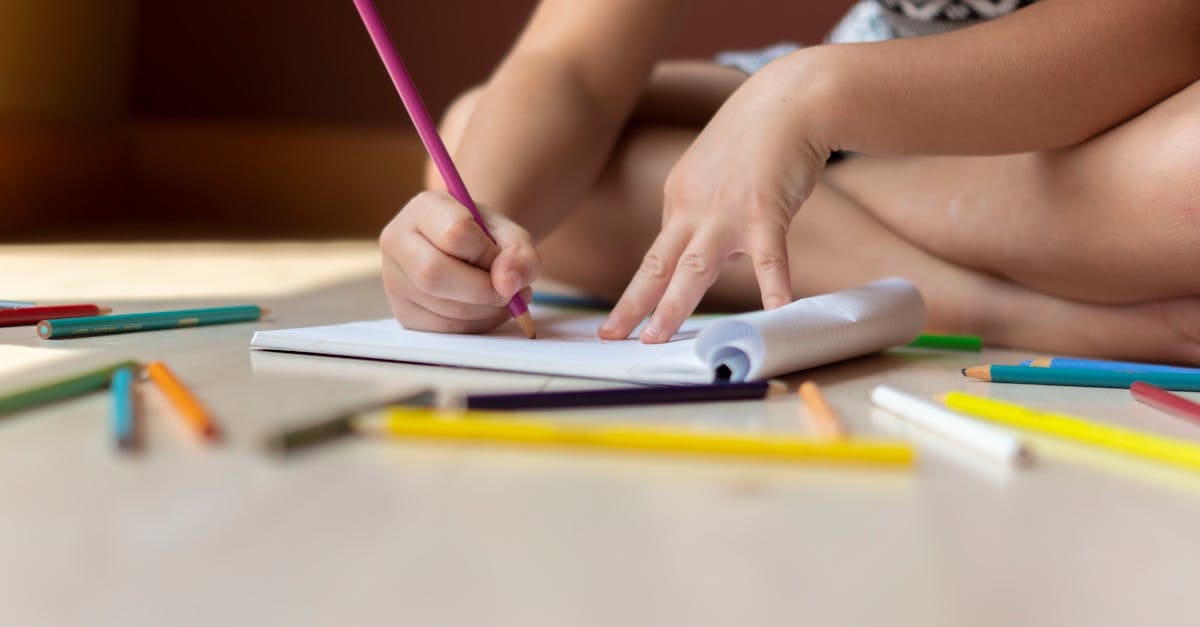This article dives into Creative DIY Coloring Techniques for Beginners, offering a wealth of insights to spark inspiration. Key points include mastering foundational skills like blending, layering, and shading using diverse coloring supplies such as colored pencils and alcohol markers. The article highlights the importance of experimenting with color palettes and provides tips for creating captivating backgrounds. Step-by-step demonstrations, combined with practical advice for improving techniques, empower aspiring artists to enhance their skills, unleash creativity, and produce stunning works of art.
Current Trends in House Painting and Remodeling
In today’s ever-evolving home design landscape, house painting and remodeling stand at the forefront of creative expression for homeowners. As aspirations towards personalizing and enhancing living spaces grow, understanding the latest trends becomes essential. From bold color choices to innovative techniques, the realm of home improvement offers endless possibilities to transform ordinary spaces into extraordinary havens.
Whether you are looking to refresh your home’s interior with vibrant hues or considering remodeling strategies that elevate both aesthetics and functionality, staying informed about trending styles and materials can help you make impactful decisions. Popular trends now center around the use of natural materials, sustainable practices, and a return to calming earth tones, allowing homeowners to create environments that exude warmth and tranquility.
As the journey to enhancement begins, exploring new color palettes and creative techniques will not only uplift the ambiance of a home but can also significantly increase property value. Dive in and discover how to revitalize your space through the latest trends in house painting and remodeling!

| Technique | Description |
|---|---|
| Layering | Building color depth by applying multiple layers gradually to enhance richness. |
| Blending | Seamlessly merging colors using circular motions for a smooth transition. |
| Shading | Creating dimension by applying darker tones on one side and blending to lighter shades. |
| Cross-Hatching | Applying intersecting lines to create texture and depth in illustrations. |
| Stippling | Using dots to build up color and texture, perfect for creating gradients. |
| Wet-on-Wet | Applying wet paint on wet surfaces to achieve soft, blended effects. |
| Resist Techniques | Using masking fluid or wax to preserve areas of white before applying color. |
| Alcohol Marker Techniques | Utilizing alcohol markers for vibrant color application and easy blending. |
| Colored Pencil Burnishing | Rubbing a lighter pencil over darker areas to create a smooth finish. |
Current Trends in Home Painting and Remodeling
Homeowners today are increasingly focused on creating spaces that reflect their personal style while embracing functional design. As a result, the world of home renovation and painting is constantly evolving, with new trends emerging to enhance and revitalize living environments. From color choices to innovative techniques and materials, understanding the current trends is essential for anyone looking to improve their home. This article explores these trends, emphasizing the importance of selecting the right colors, application techniques, and innovative materials.
Color Schemes: A Harmonious Palette
The choice of color plays a significant role in shaping the ambiance of any space. Current trends favor a mix of nostalgic tones and vibrant hues, reflecting the homeowner’s personality and preferences. Here are some popular color trends:
- Earthy Tones: Shades of terracotta, olive green, and muted browns are gaining popularity, bringing a sense of calm and connection to nature indoors. These tones work well in living areas and bedrooms, creating a cozy atmosphere.
- Bold Accents: Bright colors like deep navy, mustard yellow, and coral are commonly used as accent colors. Incorporating these shades on statement walls or decorative elements can provide a lively contrast to neutral backdrops.
- Pale Pastels: Soft shades of pink, lavender, and mint have made a resurgence, appealing to a sense of nostalgia while providing calming effects. Pastels are perfect for children’s rooms or as subtle colors in a minimalist design.
Choosing the right color scheme is essential not just for aesthetics but also for setting the mood within a home. Utilizing color psychology, homeowners can create spaces that are serene, invigorating, or welcoming.
Innovative Painting Techniques
As homeowners look for unique ways to express their style, innovative painting techniques have gained traction. Some prevalent techniques include:
- Color Blocking: This technique involves painting geometric shapes or sections with contrasting colors. It’s a bold way to add interest to a room without overwhelming it. Color blocking can be applied on accent walls, cabinetry, or as a detailed design feature.
- Ombre and Gradient Effects: Creating a gradient from one color to another can add depth and sophistication to walls, ceilings, or furniture. This technique can be time-consuming but produces visually stunning results.
- Textured Paint Finishes: Using sponges, brushes, or combs to create texture adds a unique touch to any surface. Textured paint can hide imperfections while enhancing the visual appeal of walls.
Incorporating these techniques can be an excellent way to differentiate your home, providing a fresh and inviting atmosphere.
Materials That Make a Difference
In the world of home painting and remodeling, materials have advanced significantly, offering homeowners a range of options that are both practical and aesthetically pleasing. Some innovative materials include:
- Low-VOC Paints: As eco-friendliness becomes a priority, low-VOC (volatile organic compounds) paints are a popular choice. These paints are better for indoor air quality and available in a wide range of colors.
- Self-Leveling Paints: These innovative formulas ensure a smooth finish without the hassle of multiple coats, saving time and effort during the application process.
- Chalk Paint: Known for its matte, chalky finish, chalk paint is gaining traction in furniture restoration and accent wall applications. Its ease of use and versatility allows homeowners to achieve a vintage or contemporary feel with minimal effort.
Choosing the right materials is essential for ensuring durability and achieving the desired aesthetic while also considering environmental impact.
Open Concept Living: Expanding Spaces
The trend towards open concept living continues to redefine how spaces are shaped. By removing walls and expanding living areas, homeowners create multifunctional spaces that cater to various activities. This trend influences painting as well:
- Unified Color Palettes: To maintain cohesion in open spaces, homeowners often use a unified color scheme across the entire area. This promotes a sense of flow and connection.
- Bold Feature Walls: In large open areas, a bold feature wall can serve as a focal point, drawing the eye and encapsulating the mood of the space. Choosing a deeply contrasting color can effectively define different areas within an open concept layout.
Strategically applied colors and textures in open living spaces can enhance visual appeal while defining usage zones more distinctly.
Outdoor Spaces: Extending Living Areas
Create seamless transitions from indoor to outdoor spaces is also a high priority. Homeowners are investing in outdoor painting and remodeling projects. Here are some current trends:
- Durable Outdoor Paints: Weather-resistant paints and stains that withstand the elements while providing vibrant color are increasingly popular.
- Accent Fencing and Siding: Homeowners are painting fences, decks, and siding to enhance their curb appeal and create a cohesive exterior design.
- Integrated Landscaping Colors: Coordinating paint colors with landscaping elements such as patio furniture or potted plants can enhance the overall aesthetic and provide a harmonious look.
Maximizing the use of outdoor spaces requires careful consideration of colors and materials, ensuring they not only look great but also yield functional longevity.
Smart Home Integration
Modern homeowners are also keen on integrating technology into their living spaces. As smart home features become more prevalent, so does their impact on painting and design:
- Smart Lighting Solutions: Using paint colors that respond well to smart lighting can dramatically change a room’s atmosphere. Dimming options or color-changing bulbs allow for a versatile transformation within a space.
- Interactive Surfaces: Some homeowners are exploring paintable LED walls, which can combine colors and light effects, creating an interactive element to interior design.
The integration of technology and design enhances not only the aesthetic appeal but also the functionality of living spaces.
Engaging with Professionals
While DIY projects can be fulfilling, engaging professionals for home painting and remodeling can ensure better results. Experienced painters and remodelers bring valuable insights into current trends and techniques, helping homeowners make informed decisions about:
- Design Integration: Professionals can assist in creating a cohesive design that aligns with current trends while meeting individual homeowner needs.
- Quality Assurance: Hiring professionals ensures that quality processes and materials are employed, safeguarding the investment and maintaining aesthetic value.
Collaborating with professionals can ultimately enhance the vision for a home, applying current trends in a customized manner.
Refreshing a home with paint and remodeling requires careful consideration of trends, techniques, and materials. By staying informed about the current landscape of home improvement, homeowners can create beautiful, functional spaces that reflect their personal tastes. For additional insights and the latest trends in painting styles, visit here.

Transform Your Home with Our Expert Painting and Remodeling Services
Ready to revitalize your living spaces? Our dedicated team will work closely with you to bring your vision to life, enhancing your home’s aesthetic and value. From choosing the perfect color palette to implementing innovative designs, we ensure stunning results tailored to your style. Don’t wait – take the first step towards your dream home by reaching out today!
Current Trends and Tips in Painting and Home Remodeling
Top Painting Techniques
- Accent Walls: Utilize a bold color to create an accent wall, adding depth and character to your space.
- Color Blocking: Experiment with color blocking by pairing contrasting colors to create dynamic visual effects.
- Matte Finishes: Opt for soft matte finishes instead of glossy ones to add sophistication and minimize surface imperfections.
- Textured Painting: Incorporate textures using sponges or brushes to introduce depth and interest to your walls.
- Eco-Friendly Paints: Choose low-VOC or no-VOC paints to promote indoor air quality, making it a safer environment for families.
Popular Color Trends
- Earth Tones: Warm earthy tones like terracotta and olive green are gaining popularity, creating a cozy, organic feel in homes.
- Cool Neutrals: Shades of gray and soft taupe provide a modern backdrop, enhancing architectural details.
- Bold Jewel Tones: Rich jewel tones such as emerald green and sapphire blue can add elegance and dramatic flair to any room.
- Pops of Neon: Bright neon colors are being used in accents to add vibrancy and liveliness to spaces, especially in creative areas.
Essential Remodeling Tips
- Open Concept Layouts: Consider knocking down non-structural walls to create open spaces that are welcoming and multifunctional.
- Smart Home Features: Integrate smart home technology to enhance convenience, like smart lighting and thermostats.
- High-Quality Materials: Invest in durable materials for surfaces, particularly in high-traffic areas to maintain aesthetic appeal.
- Updating Fixtures: Swap out old fixtures with more modern designs to instantly elevate the look of your space.
Inspiring Design Ideas
- Mixing Textures: Combine different textures such as natural wood, metal, and fabric to create a layered look.
- Indoor Plants: Incorporate plants into your design for a refreshing touch that promotes well-being.
- Wall Art Displays: Curate a collection of artwork on walls to enhance your space’s personality and warmth.
By exploring these painting techniques and remodeling tips, you can transform your home into a vibrant and stylish sanctuary that reflects personal taste and current design trends.
«`html
Frequently asked questions
Glossary of Key Terms Related to Home Painting and Remodeling
- Color Palette
- A selection of colors used together in a design or artwork, often chosen to create harmony and balance in the space.
- Primer
- A preparatory coating applied before paint to enhance adhesion, coverage, and longevity, especially on bare or repaired surfaces.
- Sheen
- The level of glossiness or shininess of a paint finish, affecting its durability and appearance, available in options like matte, eggshell, satin, semi-gloss, and high gloss.
- Accent Wall
- A single wall painted a different color or pattern from the surrounding walls to create a focal point in a room.
- Texture
- The surface quality of a painted or finished wall, which can be achieved through techniques like sponging, rag rolling, or stucco.
- Eco-friendly Paint
- Paint that contains low or no volatile organic compounds (VOCs) and is less harmful to the environment and human health.
- Stain
- A type of finish applied to wood surfaces that enhances the natural grain while adding color and protection.
- Caulk
- A flexible material used to seal gaps and cracks in surfaces, helping to improve insulation and prevent water damage.
- Remodeling
- The process of making significant changes to the structure or layout of a home, as opposed to simple decoration or painting improvements.
- Brush Techniques
- Methods used to apply paint with a brush, impacting how the paint looks and adheres to surfaces, including stippling and cross-hatching.
Conclusion
The exploration of Creative DIY Coloring Techniques for Beginners highlights the significance of experimenting with various mediums and methods to unlock artistic potential. By understanding essential techniques such as blending, layering, and shading, novice artists can enhance their coloring skills and bring their imaginative vision to life. As you embark on this colorful journey, remember to embrace creativity, practice regularly, and draw inspiration from the world around you. With each stroke, you are not just filling spaces with color, but rather expressing yourself and crafting unique masterpieces.
Getting Started with Basic Techniques
Begin by mastering fundamental coloring techniques that will set the foundation for your artistic endeavors. Understanding how to layer colors, blend shades, and create shadows can significantly enhance the depth of your artwork.
- Layering Colors: Start by applying light layers of color and gradually build up to darker shades for a rich, vibrant effect.
- Blending: Use circular motions with a light hand to create smooth transitions. Experiment with blending different mediums, like colored pencils with markers.
- Shading: Practice shading by applying more pressure on your pencil or marker in darker areas and lighter touches in illuminated spaces.
Exploring Different Mediums
Diving into various coloring mediums can open up new avenues for creativity. Each medium has unique attributes that can enhance your artistic expression.
- Alcohol Markers: Ideal for seamless blending and vibrant colors. Test how layering different colors yields dynamic results.
- Colored Pencils: Perfect for details and intricacies. Try different brands to find the ones that best suit your style.
- Watercolors: Create backgrounds by employing washes of color, allowing for soft gradients and beautiful blends.
Innovative Artistic Techniques
Utilizing unconventional approaches can add a fresh dimension to your color creations. Don’t hesitate to experiment!
- Stippling: Create texture using small dots. Vary the density to achieve different effects, from subtle shadows to pronounced details.
- Color Overlay: Apply a thin layer of one color over another to achieve unique effects, enhancing visual interest.
- Mixing Mediums: Combine markers with gel pens or colored pencils to create striking highlights and intricate textures.
Transform Your Space Today!
Ready to elevate your home with our expert painting and remodeling services? Experience stunning transformations that enhance both beauty and value. Contact us now to schedule your consultation and discover how we can turn your vision into reality!
Sophia Torres is the creative mind behind the most dazzling transformations at TS Painting & Restoration. With a strong background in interior design and a deep passion for tropical color palettes, she has helped hundreds of clients revitalize their spaces into vibrant and inviting environments. Born in Colombia and raised in Florida, Sophia brings a unique perspective to her work, blending Latin American influences with modern design trends.
Sophia’s vision of color goes beyond the conventional. She is known for her ability to create bold and unexpected combinations that reflect Florida’s natural beauty. Her focus on color psychology and strategic use of tones allows her to transform any environment, making each project a showcase of her clients’ personal style. On her blog, she shares practical tips on how to choose colors that not only beautify but also enhance emotional well-being and create harmony in the home.
When not working, Sophia enjoys exploring art galleries, experimenting with DIY projects, and finding inspiration in Florida’s lush landscapes. For her, design isn’t just about aesthetics; it’s about creating spaces that tell a story, reflect the identity of those who live there, and evoke positive emotions. At TS Painting & Restoration, Sophia is committed to helping homeowners discover how colors can transform their homes into true havens of tranquility and beauty.


